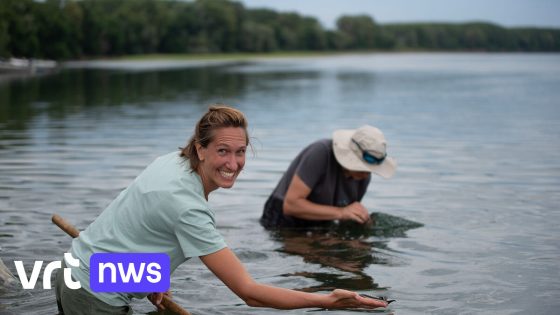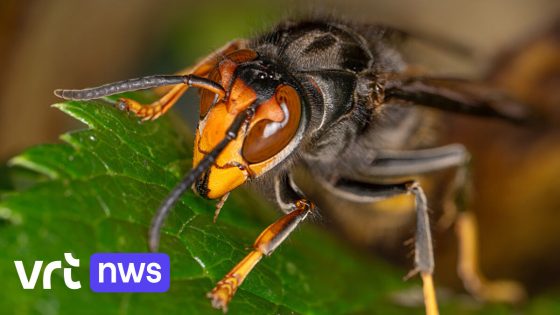Conservation efforts for endangered species have taken a significant step forward with the recent release of thousands of young sturgeons into the Danube River in Bulgaria. The sturgeon, famous for producing the luxury delicacy caviar, faces severe threats to its survival. On 2025-08-02 18:26:00, WWF staff collaborated with the University of Vienna to launch a pioneering breeding programme aboard a specially equipped boat.
- WWF released thousands of young sturgeons
- Sturgeon eggs known as culinary delicacy
- Collaborated with University of Vienna program
- Implemented breeding program on a boat
- Plan to release 1.6 million fish
- Aimed to save 200 million-year-old species
This initiative aims to restore the population of this ancient fish species, which has existed for over 200 million years. Between now and 2030, approximately 1.6 million juvenile sturgeons could be released into their natural habitat, marking a major step in species preservation. How will this effort impact biodiversity in Europe, and what can Belgium learn from this success?
Understanding the importance of such conservation projects is crucial, especially as similar freshwater ecosystems face pressure across the continent. The following Fast Answer highlights the local significance of this development.
Why is this sturgeon project particularly relevant? It showcases how targeted breeding programmes can revive critically endangered species. Key points include:
- International cooperation between WWF and academic institutions enhances conservation success.
- Using innovative methods like boat-based hatcheries increases survival rates of young fish.
- Restoring sturgeon populations helps maintain healthy aquatic ecosystems, benefiting regional biodiversity.
As this project progresses, Belgium has the opportunity to strengthen its own environmental strategies. Will Belgian conservationists adopt similar approaches to protect native species? The future of Europe’s freshwater biodiversity depends on such proactive measures.

































